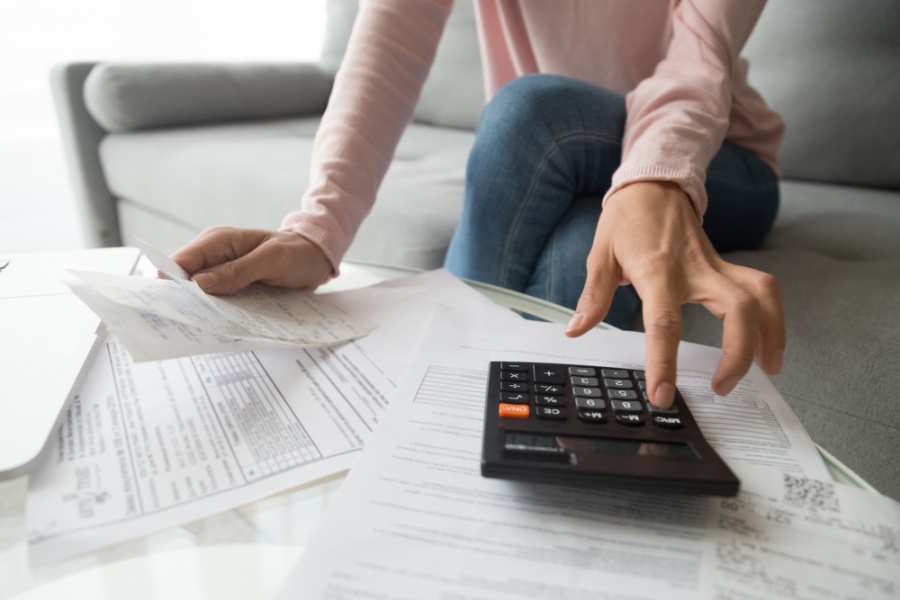It wasn’t that long ago that energy companies regularly dispatched a meter reader to every home. As a way to cut costs though, companies eventually started calculating bills based on average usage, projections etc. We are generally far less conscious of what we are consuming when we forget the meter; perhaps that is another reason the companies stopped coming and reminding us. When it comes time to pay your bill, you may be in for a few big surprises during the year – and often of course, it’s an unpleasant surprise. Making matters worse are the constantly increasing energy prices. What I do is get under the stairs once a week and check my meter. That way I can see if there is a spike in usage and sort it quickly.
If you Love Numbers You Are Going to Love This
For starters, you’re going to need to monitor your meter(s) at the same time every day. Write down the daily readings and create a chart based on your numbers. This will help you gauge how much electricity and/or gas you use. Was your reading particularly high (or low) one day? Think about what could have created the discrepancy: Maybe you ran your washing machine and dryer all day, or maybe you had to crank up the thermostat. Either way, this will give you an idea of what’s costing you money and what’s not.
What Does My Meter Look Like?
Your meter should be easy to find if you are in an older house; normally under the stairs. But if you live in a flat, or some other kind of shared residence (like a duplex), you’ll want to look for your specific meter. They are typically marked. Meters have numerous dials and look similar to watches. The pointers on the dials slowly turn when you are using electricity, and some will turn faster than others. These dials are measuring kilowatt-hours. The dial on the right portion of an electric meter typically records one kilowatt-hour at a time.
How Can I Read My Electric Meter?
You don’t have to work for the electric company to learn how to read an electric meter. Take a close look at your meter’s dials, and you’ll notice that some hands run clockwise and others turn counterclockwise. You should be looking at the dials from right to left (write those numbers down in that order, too). In the event that a pointer lands between numbers, use the smaller of the two numbers.
If, however, the point lands directly on a number, then observe the dial to your right. But what if the pointer has passed zero? Then that dial has likely made a complete revolution, and you should look at and record the respective number the dial is on. If it hasn’t passed zero, then you can record the number next-closest to the pointer.
Next, subtract the previous day’s reading from your current reading. If you want to determine the cost of a respective day’s energy consumption, multiply the number of kilowatt-hours with the cost per kilowatt-hour. You can then review your electric bill to find out your cost per kilowatt-hour.
How Does This Help Me?
If you monitor your daily usage, you can get a better idea of where your money is going. Winter months, of course, will see a spike in energy usage. Once you have a better idea of how much your energy consumption is actually costing, you can adjust your energy plan accordingly and dictate some habits to your family to follow. Well dictate if you are a dictatorial patriarch/matriarch or discuss if you are a more democratic family set-up. I model myself on Castro so I just tell them what to do 😉
What have people found eats their energy the most? What should we be looking out for?
Image: Microsoft
Attached Images:
- License: Royalty Free or iStock source: http://office.microsoft.com/en-us/images/results.aspx?qu=pylons&ex=2#ai:MP900437346|
Phil Turner knows how uncomfortable gas meter reading can be. Many is the time he has clambered to the back of the understairs cupboard, noving junk out of the way to read the meter; modern houses have their gas meters in more accessible locations of course.




